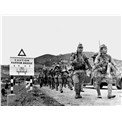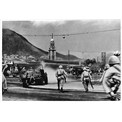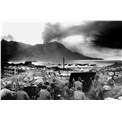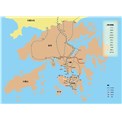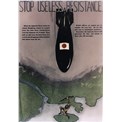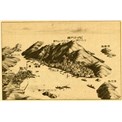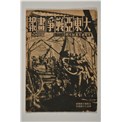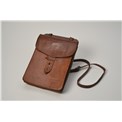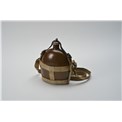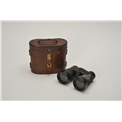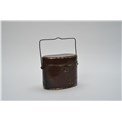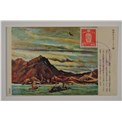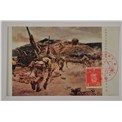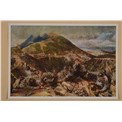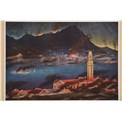-
History & Society
- Education in Pre-war Hong Kong
- History of Taikoo Sugar Refinery
- Hong Kong Products Exhibition
- Local Festivals Around the Year
- Post-war Industries
- Pre-war Industry
- The Hong Kong Jockey Club Archives
- Tin Hau Festival
- Memories We Share: Hong Kong in the 1960s and 1970s
- History in Miniature: The 150th Anniversary of Stamp Issuance in Hong Kong
- A Partnership with the People: KAAA and Post-war Agricultural Hong Kong
- The Oral Legacies (I) - Intangible Cultural Heritage of Hong Kong
- Hong Kong Currency
- Hong Kong, Benevolent City: Tung Wah and the Growth of Chinese Communities
- The Oral Legacies Series II: the Representative List of the Intangible Cultural Heritage of Hong Kong
- Braving the Storm: Hong Kong under Japanese Occupation
- A Century of Fashion: Hong Kong Cheongsam Story
Geography & EnvironmentArt & Culture- Calendar Posters of Kwan Wai-nung
- Festival of Hong Kong
- Ho Sau: Poetic Photography of Daily Life
- Hong Kong Cemetery
- Sketches by Kong Kai-ming
- The Culture of Bamboo Scaffolding
- The Legend of Silk and Wood: A Hong Kong Qin Story
- Journeys of Leung Ping Kwan
- From Soya Bean Milk To Pu'er Tea
- Applauding Hong Kong Pop Legend: Roman Tam
- 他 FASHION 傳奇 EDDIE LAU 她 IMAGE 百變 劉培基
- A Eulogy of Hong Kong Landscape in Painting: The Art of Huang Bore
- Imprint of the Heart: Artistic Journey of Huang Xinbo
- Porcelain and Painting
- A Voice for the Ages, a Master of his Art – A Tribute to Lam Kar Sing
- Memories of Renowned Lyricist: Richard Lam Chun Keung's Manuscripts
- Seal Carving in Lingnan
- Literary Giant - Jin Yong and Louis Cha
Communication & Media- Hong Kong Historical Postcards
- Shaw Brothers’ Movies
- Transcending Space and Time – Early Cinematic Experience of Hong Kong
- Remembrance of the Avant-Garde: Archival Camera Collection
- Down Memory Lane: Movie Theatres of the Olden Days
- 90 Years of Public Service Broadcasting in Hong Kong
- Multifarious Arrays of Weaponry in Hong Kong Cinema
-
History & SocietyGeography & EnvironmentArt & Culture
-
View Oral History RecordsFeatured StoriesAbout Hong Kong Voices
-
Hong Kong Memory
- Collection
- All Items
- The Battle for Hong Kong
Recently VisitedThe Battle for Hong Kong
A detachment of Japanese troops crosses the Shenzhen River and overruns the New Territories on 8 December 1941. A detachment of Japanese troops advances towards the Star Ferry Pier in Tsim Sha Tsui, Kowloon, in December 1941. Japanese forces attack a British stronghold from the foot of Braemar Hill. The pier of the Asiatic Petroleum Company can be seen in the centre of the photograph. On 8 December 1941, the same day that Pearl Harbour was attacked, Japanese forces crossed the Shenzhen River and invaded Hong Kong. The plan of the defending troops in Hong Kong was to stall the enemy's advance at the Gin Drinker's Line and put up a firm defence of Hong Kong Island. When the Japanese seized the Shing Mun Redoubt on the Gin Drinker's Line, the defending troops retreated to Hong Kong Island. The Japanese occupied Kowloon on 12 December, and on 18 December they landed troops on Hong Kong Island at North Point and Taikoo Dockyard, which advanced westwards to Wong Nai Chung Gap the following day. Hong Kong Governor Sir Mark Young surrendered to the Japanese army on 25 December, and the occupation of Hong Kong, which was to last three years and eight months, began. Leaflet, dropped by Japanese aircraft, urging Hong Kong people to surrender in 1941.A comic strip in the December 1941 issue of Great East Asia War Graphic shows Japanese forces on Hong Kong's doorstep. Before the war, British military commanders had already drawn up plans to abandon Kowloon if necessary and to focus their efforts on defending Hong Kong Island. Published in Japan in 1942 as a propaganda tool advocating the 'sacred war', the Greater East Asia War Graphic provides a detailed description of Japan's invasion of Hong Kong in December 1941. Equipment issued to Japanese troops during the Second World War: Map case. Equipment issued to Japanese troops during the Second World War: Canteen. Equipment issued to Japanese troops during the Second World War: Binoculars.Equipment issued to Japanese troops during the Second World War: Food flask. Greater East Asia War commemorative postcard issued by the Governor's Office of the Occupied Territory of Hong Kong: HMS Tamar sinks in Victoria Harbour during the Battle for Hong Kong in 1941. Greater East Asia War commemorative postcard issued by the Governor's Office of the Occupied Territory of Hong Kong: The confrontation at Wong Nai Chung Gap on Hong Kong Island during the Battle for Hong Kong. Colour print on the Battle for Hong Kong featured in an album recording the actions of the Japanese army in South-east Asia during the Greater East Asia War: The confrontation between Japanese forces and troops defending Wong Nai Chung Gap on Hong Kong Island. Colour print on the Battle for Hong Kong featured in an album recording the actions of the Japanese army in South-east Asia during the Greater East Asia War: Conflagration on both sides of Victoria Harbour.Copyright © 2012 Hong Kong Memory. All rights reserved.
| Set Name |






